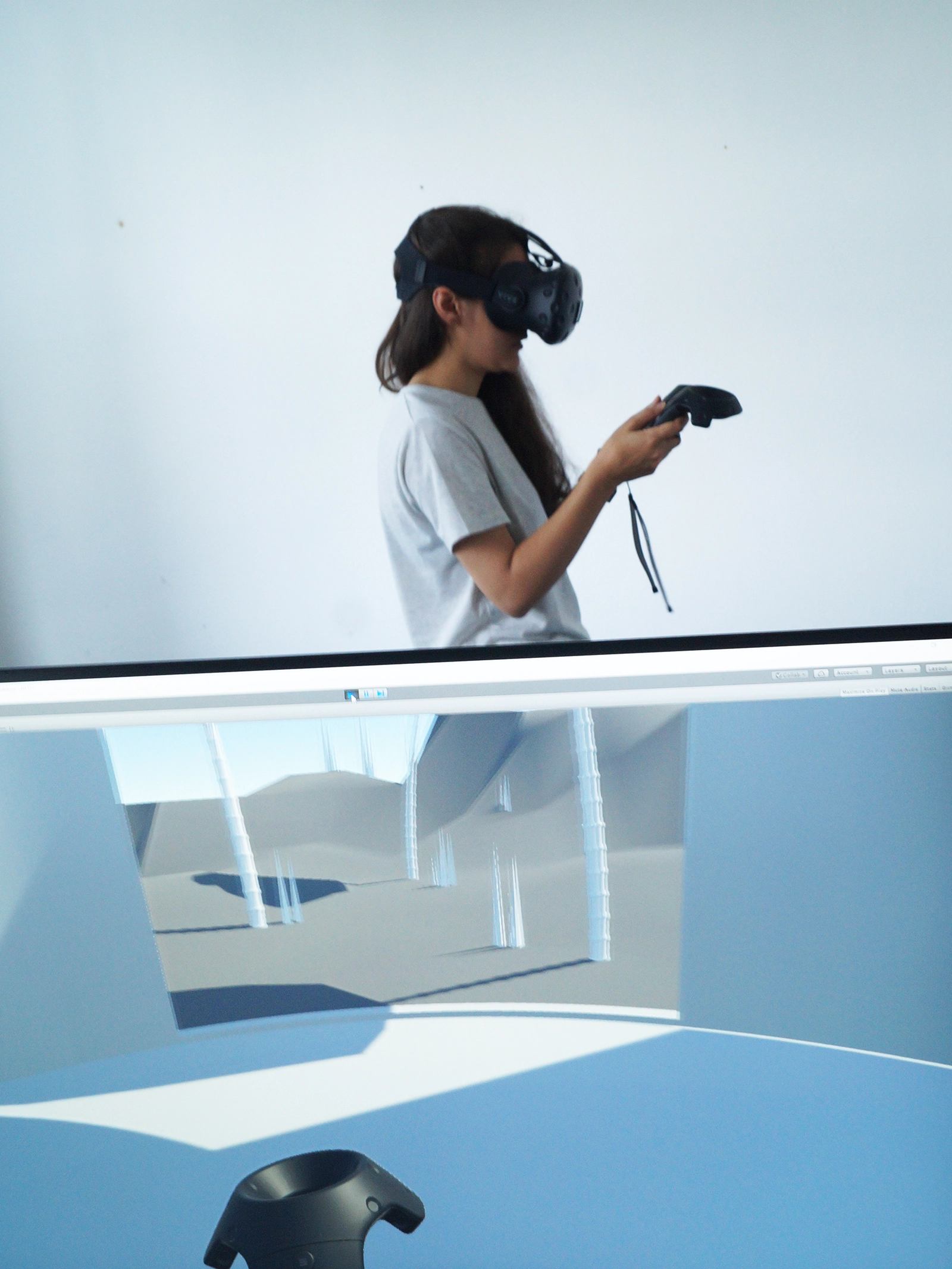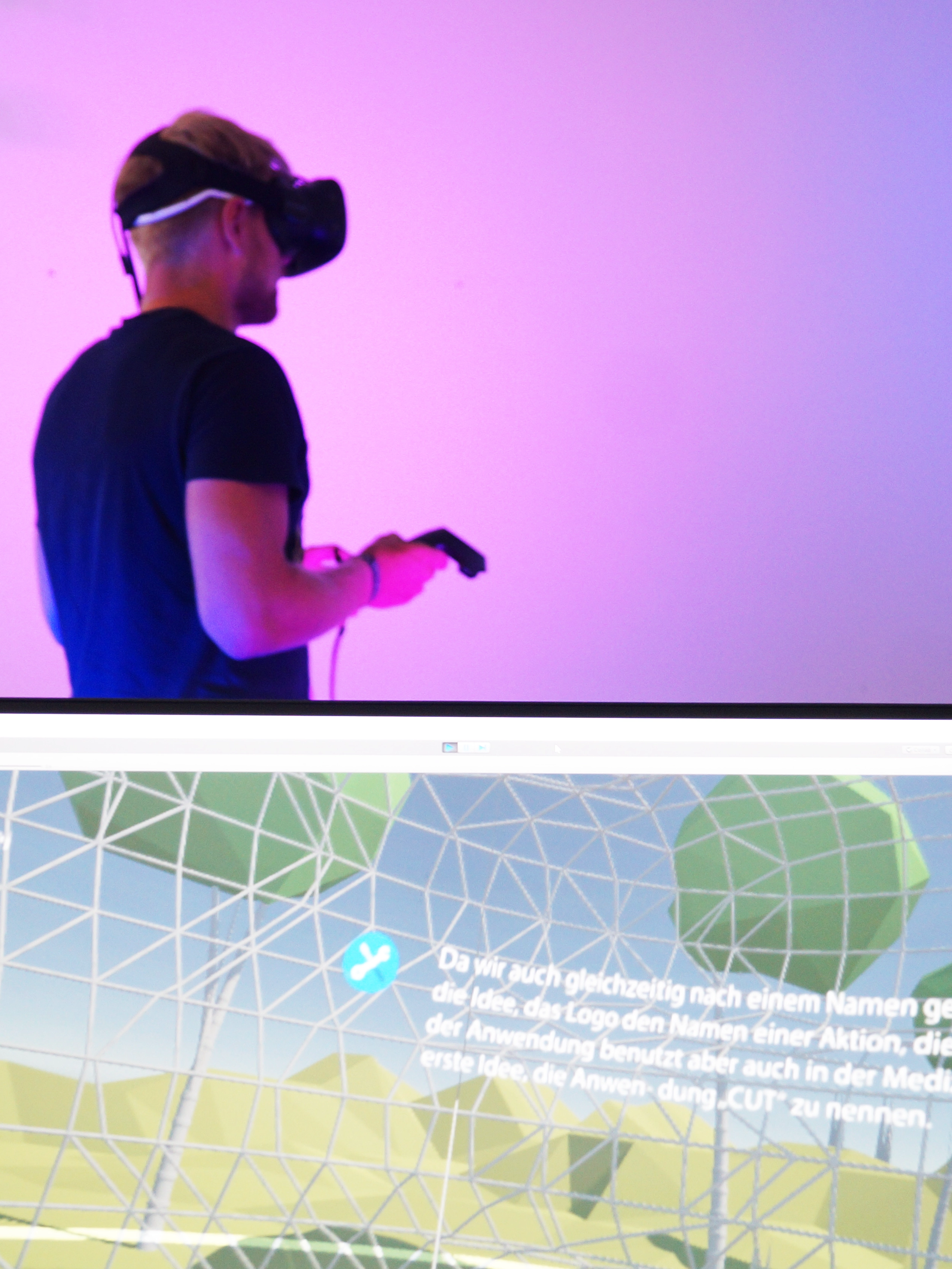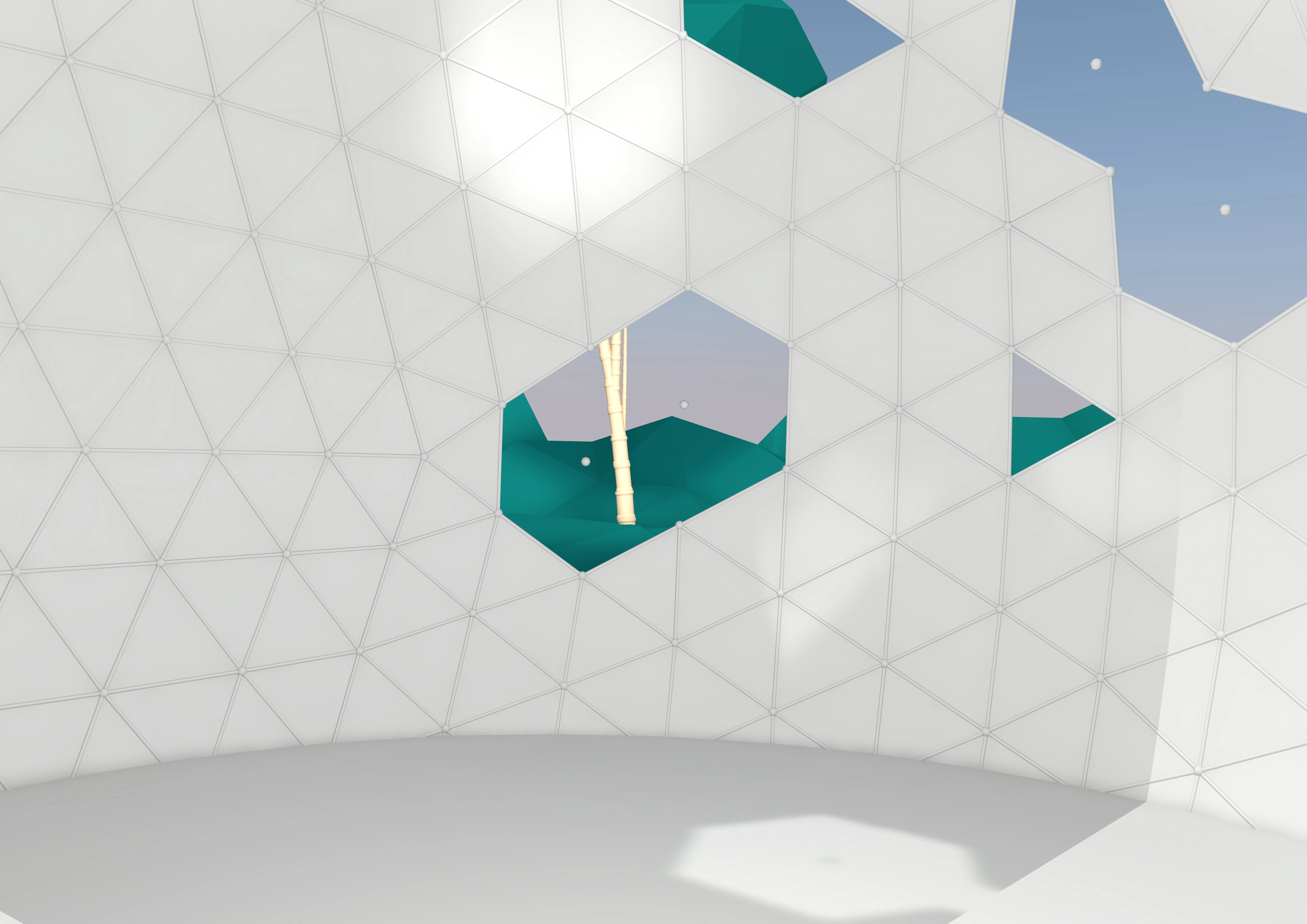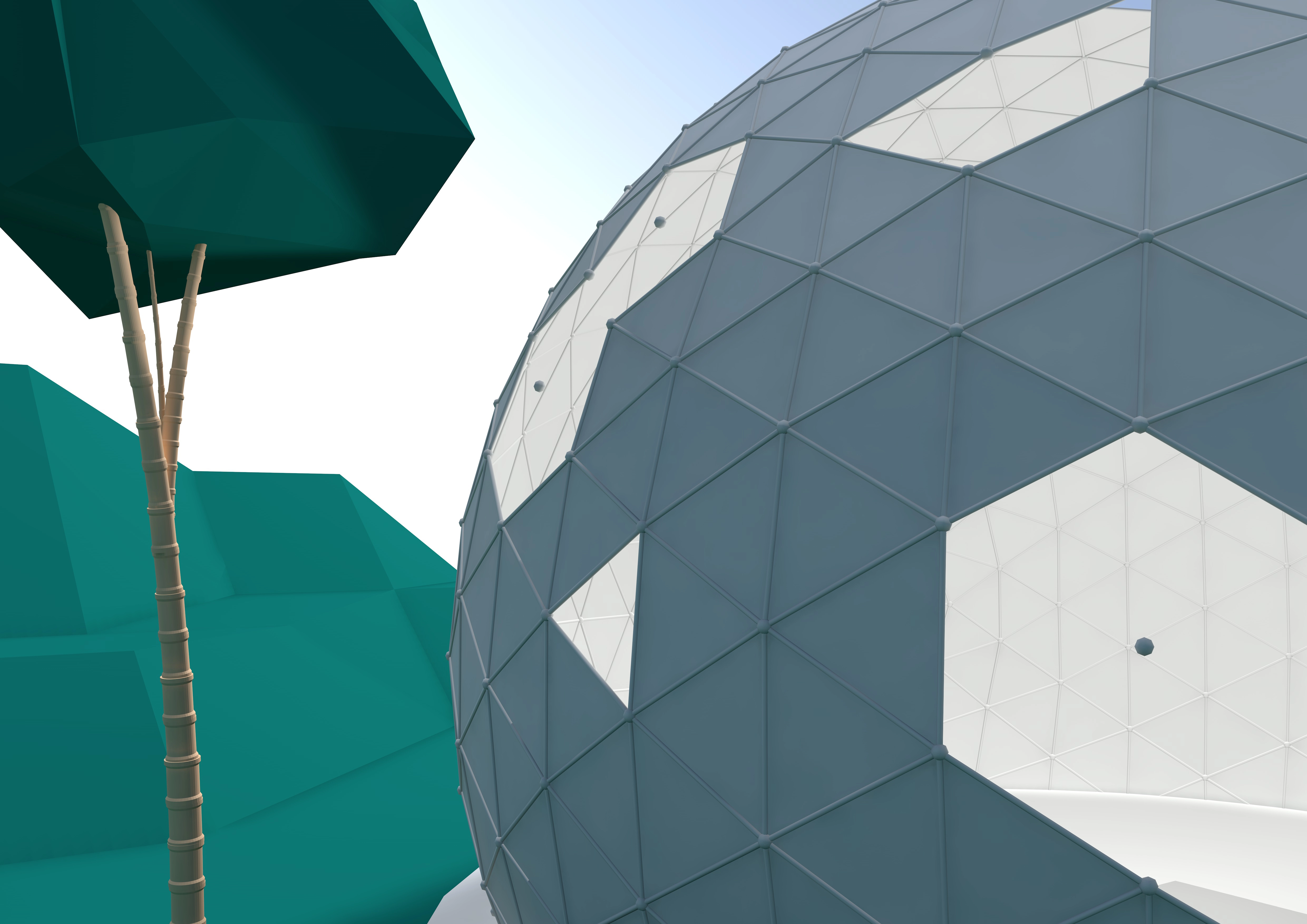MedicVR — Iteration 2: Part 2
Virtual Environment Experiment
The experiment focused on understanding how different virtual environments affect learning and engagement. By testing three different room designs, the experiment aimed to identify the type of space that best supports users in completing tasks while maintaining focus and comfort. The results provide valuable insights into how room design influences cognitive and emotional responses in VR.
Overview
The experiment tested three distinct virtual rooms to evaluate their impact on user performance and emotional states. A sample of 10 participants were placed in a VR prototype and asked to complete a simple three-step task:
1. Interact with a Cube: Identify the shape on the cube’s texture based on the instructions provided.
2. Read the Text: A 350-character text was displayed on the interface, and participants were required to read it.
3. Close the Task: Users pressed the "close-button" once they were ready to proceed.
To evaluate the impact of each room on user performance and emotional response, the experiment relied on a combination of task-based data and physiological measurements. This goal was to gain a comprehensive understanding of how different environments influence learning in VR. For this the following data was collected: Data Completion Time, EEG Metrics (Brainwave activities) and User Feedback.
The VIRTUAL Environments
The experiment tested three distinct virtual environments, each designed with a specific spatial and visual concept. The goal was to evaluate how these environments influenced user focus, task performance, and emotional engagement during the VR experience.

Room 1: Minimalistic White Room
A rounded cylinder with no walls or corners, creating the illusion of endless space. Design Goal: To test how simplicity and a lack of visual distractions affect focus and task performance.

Room 2: Structured Room with Windows
A closed room with large windows overlooking a landscape with muted, calming colors. Design Goal: To evaluate the balance between a structured space and external visual stimuli.
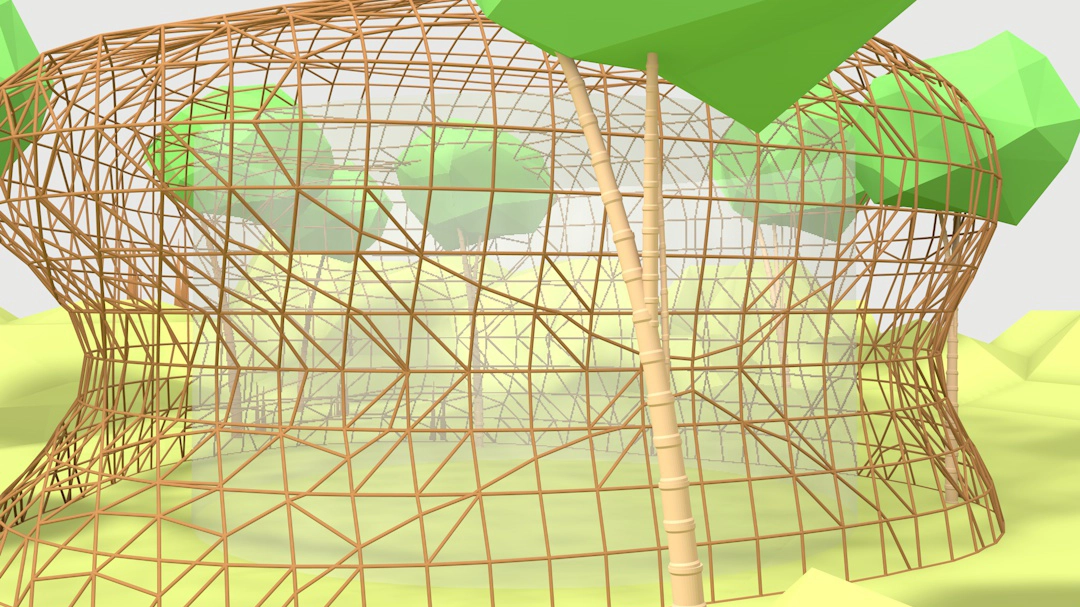
Room 3: Transparent Organic Room
An organic, fully transparent structure surrounded by a vibrant and colorful landscape. Design Goal: To assess how dynamic and visually rich environments impact excitement and engagement.
Results & Findings
Room 1: Minimalistic White Room
Participants in this room demonstrated high focus and consistent task completion times. However, the lack of visual and spatial cues created a sense of isolation, with users describing the environment as "too sterile" or "disconnected." While it effectively minimized distractions, the absence of stimulating elements led to reduced engagement over time.
Stress levels were low but slightly higher on average compared to the other rooms. This may be attributed to the disorienting nature of the endless, featureless space, which some users found unsettling. Focus levels were moderate, but interest and excitement remained low, reflecting the room's overly neutral design.
The minimalistic design is effective for tasks requiring undivided attention, but its lack of engagement makes it less suitable for educational purposes that benefit from a balance of focus and stimulation.
Room 2: Structured Room with Windows
This room achieved a strong balance between structure and stimulation. The large windows with muted, calming landscapes provided a sense of openness without overwhelming the user. Participants reported feeling comfortable and focused, with many describing the space as "relaxing" and "easy to navigate." Task completion times were efficient, and users consistently performed well in this environment.
Stress levels were low and stable, suggesting the room provided a calming effect. Focus levels were high, with steady interest throughout the task. Excitement levels were moderate, indicating the environment was engaging enough to maintain attention without becoming distracting.
This environment emerged as the most effective for learning in VR. Its structured design, combined with subtle visual stimulation, created a space that supported both cognitive focus and emotional comfort.
Room 3: Transparent Organic Room
The vibrant and dynamic design of this room elicited strong emotional responses from participants. Many described the space as "inspiring" and "exciting," with the organic shapes and colorful landscapes sparking curiosity. However, the abundance of visual stimuli made it difficult for users to maintain focus on the task. Task completion times were slower, with some participants struggling to stay on track.
Stress levels remained low, but focus levels were reduced compared to the other rooms. Excitement and interest levels were significantly higher, reflecting the room’s ability to captivate users emotionally. However, this heightened engagement came at the cost of task-oriented performance.
While this environment promotes engagement, it is less suitable for tasks that require sustained concentration. Its design may be better suited to exploratory or creative activities rather than structured educational tasks.
Conclusion and final room
The results highlight the delicate balance between focus, engagement, and emotional comfort in VR environments. While stress levels were consistently low across all three rooms, the slight increase in stress in the minimalistic room suggests that overly sterile designs may inadvertently create discomfort or disorientation. On the other hand, environments with moderate visual stimulation, like the structured room with windows, offer a sweet spot where users feel engaged without being overwhelmed.


